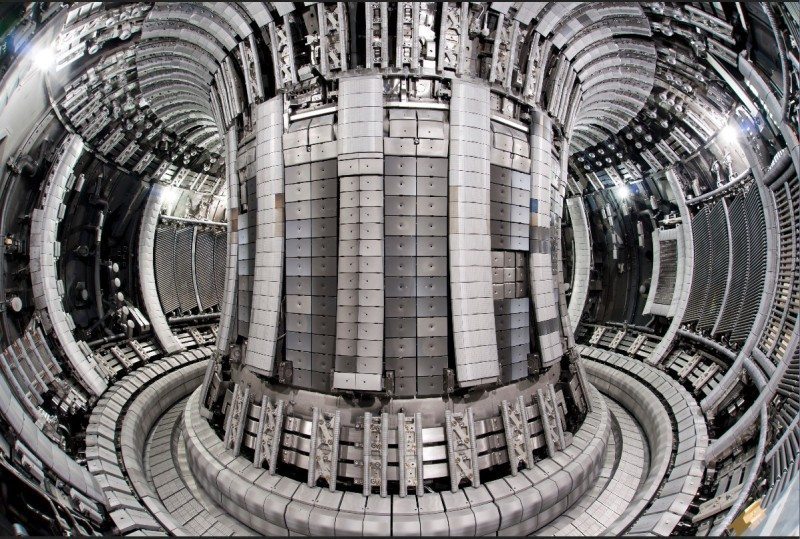Engineers Claim UK Could Have Fusion Power Within Five Years
Ashley Allen / 9 years ago

A British company is claiming that the UK could have the world’s first commercial fusion reactor within the next five years. Engineers from Tokamak Energy in Oxfordshire, currently working on the third iteration of its tokamak reactor, believe that it is close to generating temperatures seven times hotter than the sun, causing hydrogen atoms to fuse together, and harnessing the resulting reaction to generate electricity, according to Reuters.
“Here what we’re developing is building these small tokamaks, like ST25, and then we’ve got other devices using key technologies which are high temperature superconductors and spherical tokamak shapes,” Bill Huang, an engineer for Tokamak Energy, said. “So we’ve got a slightly different shape from traditional fusion and this allows us to get a higher plasma pressure for a given magnetic field. It’s a measure of efficiency called beta, and by using this improved efficiency it means that the overall size of our device is actually quite a bit smaller.”
Tokamak’s second reactor, the ST25, was successful at reaching temperatures of 100 million degrees Celsius in short bursts, and hopes to achieve stable, “reactor relevant” conditions with its third reactor, the ST40.
“This (ST25) will allow us to get very high temperatures for a short amount of time but what we’re looking to do is generate these high temperatures which are reactor relevant, so we’ve set ourselves a 100 million degree challenge, and we’re aiming to get 100 million degrees in that (ST40) device,” Huang added.
David Kingham, CEO of Tokamak Energy, thinks that the ST40 could provide power to the National Grid by 2030.
“We want to get within five years to an energy gain, and from there we want to go on in ten years to get to first electricity, a device where we can demonstrate production of electricity from fusion, but it may be 15 years before we get energy to the grid in significant quantities,” said Kingham. “Fusion is one of those technologies which, if it could be harnessed, could be scaled up rapidly to be deployed world-wide by 2050 and could make a very big difference to carbon emissions and therefore to climate change from 2050 onwards.”



















